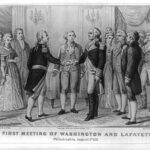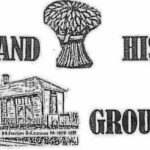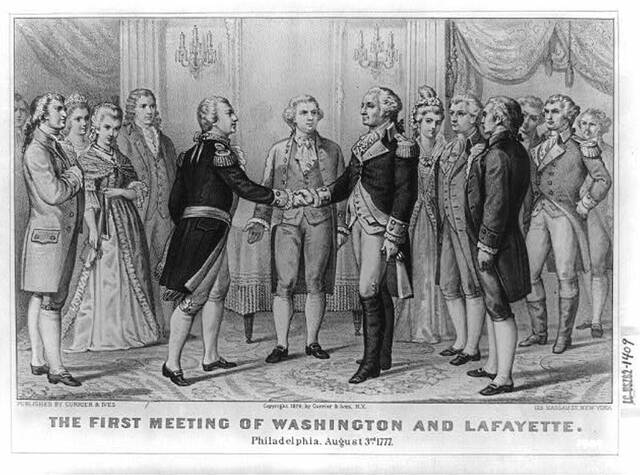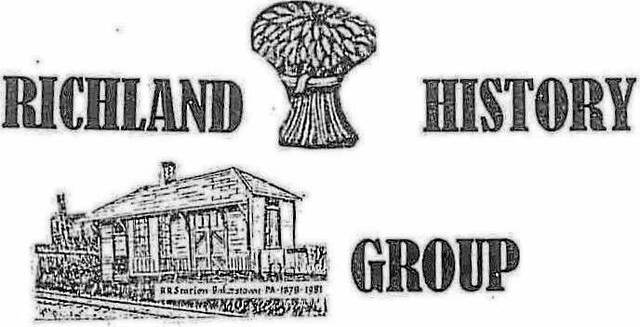A look at Marquis de la Fayette’s 1825 stop in Bakerstown


Share this post:
Part 1 of 2 in a Richland History Group series about Lafayette’s role in helping America create its democracy during the Revolutionary War and chronicling the Western Pennsylvania portion of his 16-month tour of America.
It was June 1, 1825. Not much had happened in “downtown” Bakerstown since its official founding and naming as Charlestown by Thomas Baker 1n 1810. Bakerstown did not even have a postmaster until 1826. The small village’s claim to fame was the very popular Wadddell Tavern, which opened in 1823, the same year that the upgrading of the former Pittsburgh to Butler bridal path was completed.
The new Pittsburgh-Butler Turnpike, which traversed Bakerstown, allowed stage coach travel and greatly reduced a typical Pittsburgh-Butler trip to a mere 14 hours! This resulted in our agricultural community’s small center being graced by arguably the most popular person in the 1825-world and certainly in America’s then 24 states. John McMeekin wrote the following in his 1951 “Richland USA:” “Around 1825, another notable person, Lafayette, also passed by, greatly enhancing the prestige of the new settlement.”
Indeed, on June 1, 1825, Gilbert du Notier, Marquis de la Fayette rode by stage coach through “downtown” Bakerstown as residents lining its main street waved and cheered.
Born to French royalty in 1757, Lafayette became convinced that America’s revolutionary cause against England was noble. He traveled to America in 1777 at the age of 19, seeking glory in this cause. General George Washington, Continental Army Commander, was childless. Washington was so taken by Lafayette’s youthful exuberance and dedication to America’s struggle, that he unofficially adopted the young French aristocrat as his son, and the Continental Congress (after Layayette agreed to serve without pay) appointed him a Major General in the ragtag U.S. Army, despite that he had never been in military combat.
Initially, Lafayette commanded only non-U.S.-born troops. After being shot in the leg at the Battle of Brandywine and leading admirably thereafter, Washington gave him major command responsibility. Lafayette labored with Washington through the brutal 1777-78 Valley Forge winter and had success in several battles before Yorktown. Major General Lafayette secured significant French money and troops to help America, and he played a key role in ending the Revolutionary War by isolating British General Charles Cornwallis’ army at the Battle of Yorktown. Corwallis ultimately surrendered, which effectively ended the war.
Following his success in America, Lafayette returned to France, where he was a key figure in the French Revolution. He truly was considered a hero in the United States, France and throughout much of the world.
As our nation approached its 50th birthday in 1824, President James Monroe and Congress invited the Frenchman and last-living Revolutionary War general to tour the United States as a tribute to his American spirit and in honor of his heroic service to our fledgling democracy. Accompanied by his son, George Washington Lafayette, and his personal staff in August 1824, 67-year-old Marquis de Lafayette arrived in New York City, where he was enthusiastically received. His American tour by stage coach and river boat lasted 16 months and took him to all 24 states. At every village and city he was greeted by throngs lining the streets as an American hero.
Charles Stinner is Richland History Group’s vice president and Paul White is Richland History Group’s president.



